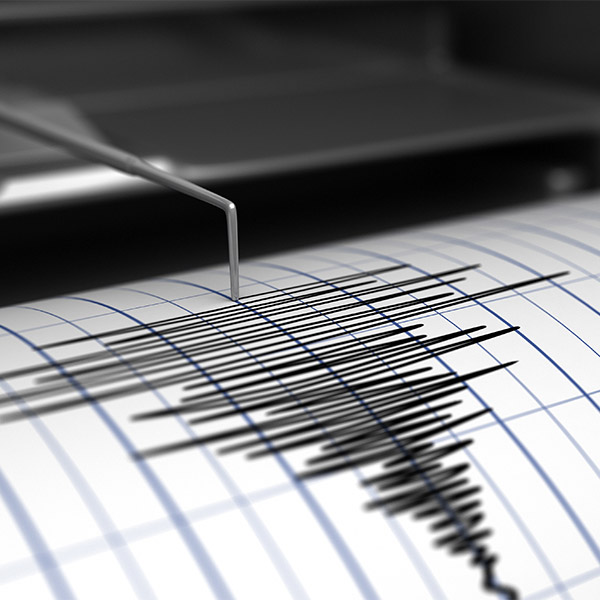
Vibration – The Enemy of Good Sound
So you’ve invested in a fantastic set of speakers carefully positioned and driven by an amplifier (or two) using a high quality source.
Chances are you’ve already bought into the importance of high quality cables, connectors and clean power to get the best sound from your system.
The importance of keeping the signal clean as it is passed from your music source through to your speakers is what you’ve tried to get right. If at any point noise is introduced or there’s an issue with signal timing, the quality of your music will suffer.
Manufacturers typically make use of higher quality components to reduce noise and timing issues. Others try a ton of magical digital processing algorithms to try and clean up the signal.
Despite all this, vibration introduces both noise and signal timing issues known as jitter. Filters and algorithms can only do so much, leaving the sound feeling somewhat flat. Auto-correction upon auto-correction takes you further away from the purity of the original high quality source.
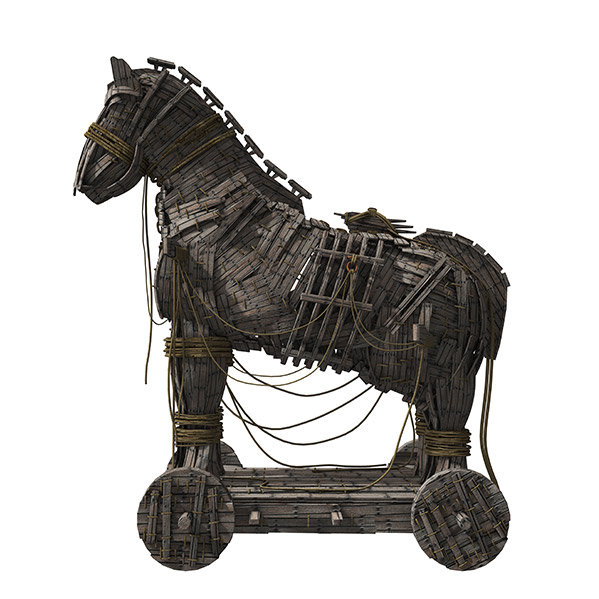
Beware The Enemy From Within
To counteract vibration you will likely have invested in beautiful HiFi furniture sitting on spikes. These help to isolate your equipment form from the ground up.
Whilst this may reduce external vibrations affecting your system, it does not tackle the enemy from within.
Every piece of electronic equipment generates micro vibrations internally. With no where to go these vibrations interfere with the the signal.
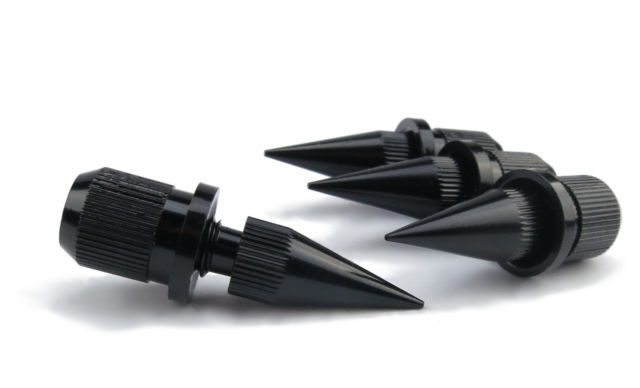
What’s The Point
For a long time people have used spikes as a form of isolation control, you may have found yourself asking is what’s the point?
Spikes may help prevent long wave length, high amplitude vibrations travelling from the point up as they attempt to block vibration.
Spikes are less effective at preventing high frequency vibration and don’t tackle the issues of resonance developing in your equipment’s case or electronics weather its via air-born vibration or the micro-vibrations that develop in the circuits themselves.
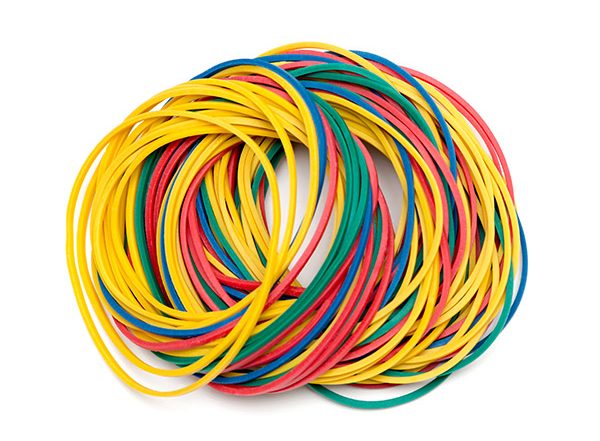
It’s All Elastic
There are many beautifully engineered designs on the market that leverage some form of elastic, rubber or spring configuration to help isolate and control vibration. These generally compress to counteract the vibration from below and above.
Whilst they may help dampen vibrations there are two issues with this mechanism
1. Weight is not distributed evenly in the component – pick it up your amp and you’ll see what we mean. This means that one of the feet is compressed more than the others under the load.
2. They don’t respond consistently across a broad frequency range and they have a tendency to alter the frequency of the vibration they seek to counteract.
Sure you may have seen a demo of these materials showing the absorption of an impact. As impressive as this maybe, it’s only part of the story and does not eliminate problems within your system.
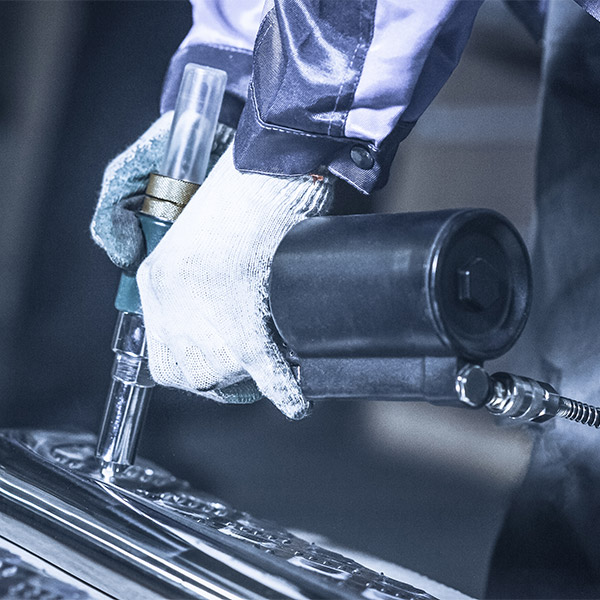
Tungsten The Natural Vibration Absorber
Tungsten is a rare and dense metal that has long been used to remove vibrations in a wide variety of applications from the handles of rivet guns to aircraft wings.
It is also non-magnetic in nature which mean it won’t interfere with your sensitive electonics.
This made tungsten a natural choice for our range of vibration isolarion feet. It is however, an expensive material to purchase and its density complicates machining, further increasing costs.
We trialed a number of tungsten alloys before finding the one that produced the most pleasing acoustic results.
Premium products, deserve premium materials, for premium results.